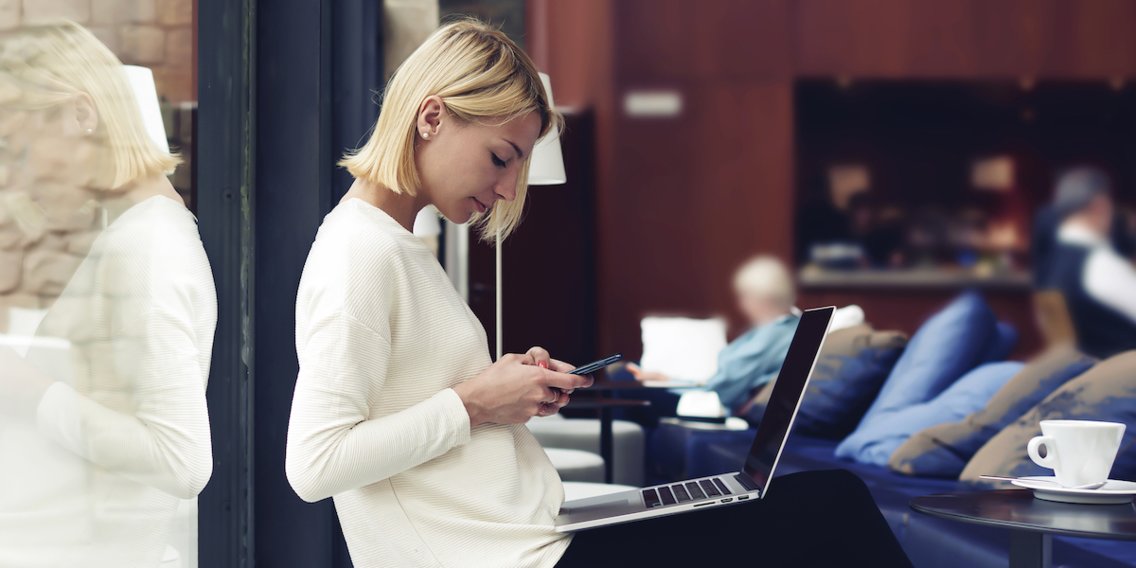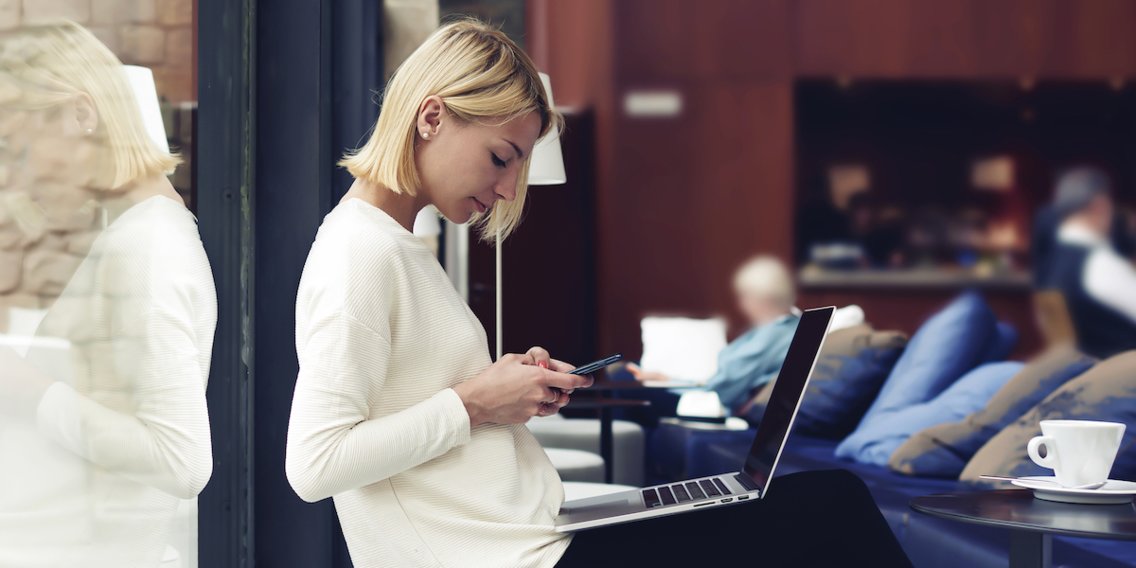
This story was delivered to Business Insider Intelligence “E-Commerce Briefing” subscribers hours before appearing on Business Insider. To be the first to know, please click here.
As US e-commerce grows, many retailers are finding that their physical footprints are overextended, and that more emphasis needs to be placed on developing online channels.
Business Insider Intelligence
While this is important, there are still ways retailers can maximize their stores’ value.
Retailers should enable customers to use their phones as tools in-store. Consumers see the value of using a retailer’s mobile app to enhance their in-store shopping experience, with 57% saying they’ve used a retailer’s app in-store for various functions, according to a study by Yes Marketing.
Of those who use apps in stores, 65% do it to redeem coupons, 57% hunt for coupons while in-store, and 46% use them to discover items that are on sale. Making it easier for customers to get deals using their mobile devices can incentivize visits to stores and keep customers engaged.
To make the in-store experience even more enticing, retailers can improve stores’ appearances and service offerings. Consumers said retailers that make stores visually appealing (cited by 49% of respondents), offer services beyond product sales (29%), and host local events (23%) would motivate them to shop in-store. Boosting the brick-and-mortar experience is a solid strategy that retailers can employ to drive higher traffic and reap more rewards from stores.
Meanwhile, when consumers want to shop purely online, retailers should note that desktops are favored over mobile devices. Across generations, 54% of consumers, on average, said they prefer making online purchases on desktops. Here are the two most-cited reasons why:
- About half (49%) said it’s faster to complete purchases on desktops. This suggests that retailers can encourage mobile shopping by speeding up the process. They could achieve this by offering a one-click option like Amazon’s, or by reducing the number of steps needed to put items into the cart and complete the order. If consumers feel they can shop on mobile as quickly as on a desktop, retailers may see a bump in order volume because shoppers may find it more convenient to impulse buy from anywhere as opposed to waiting to do their online shopping on their desktops.
- Forty-nine percent of respondents said comparison shopping is simpler on desktops. To address this discrepancy, retailers should make better use of the screen space available on mobile to display photos and information about similar products. For example, if a shopper looks up “sneakers” on a marketplace’s mobile site and clicks on a product listing, it should also show listings for similar shoes from other brands. Being able to see items side-by-side may help customers more effectively comparison shop on mobile.

